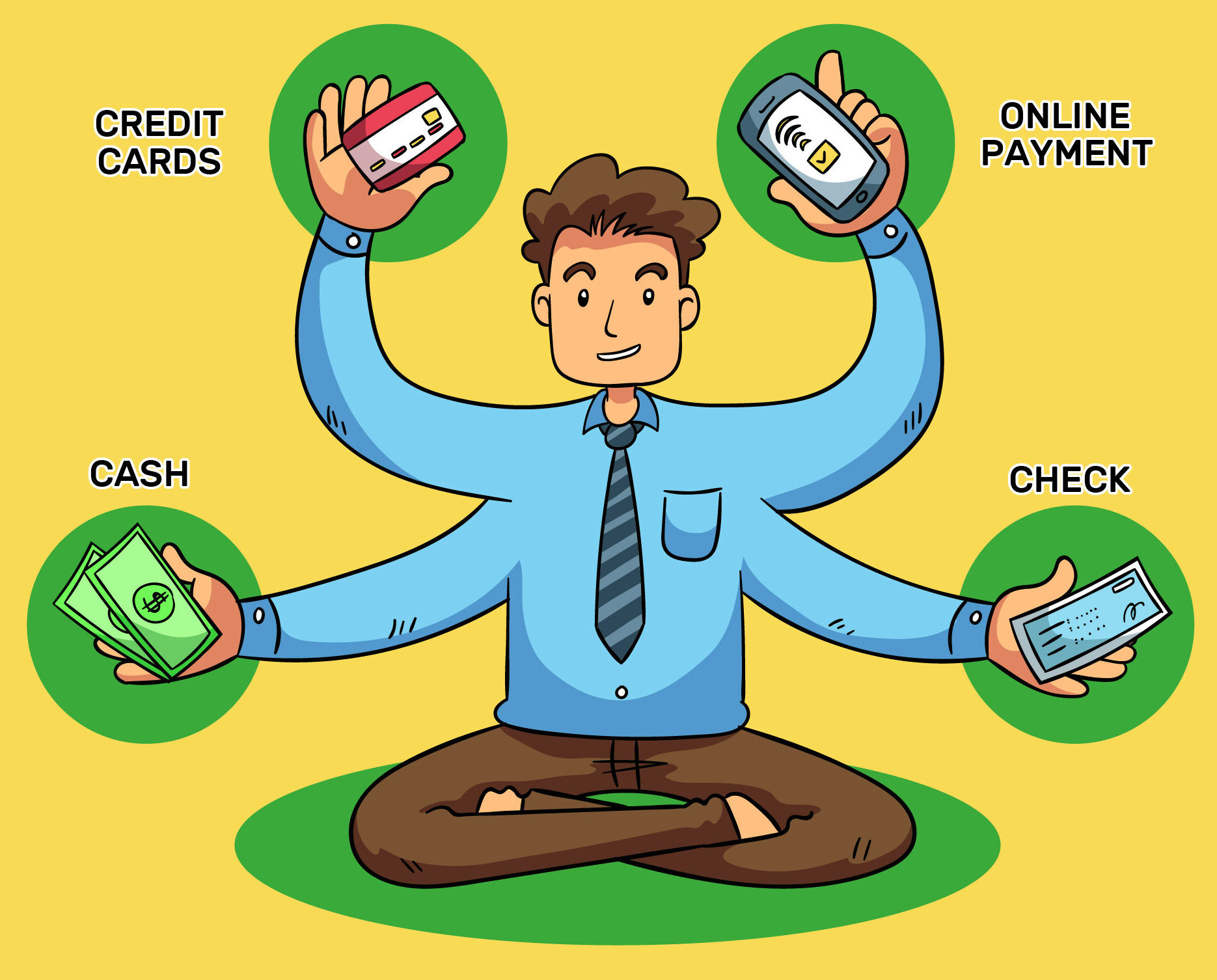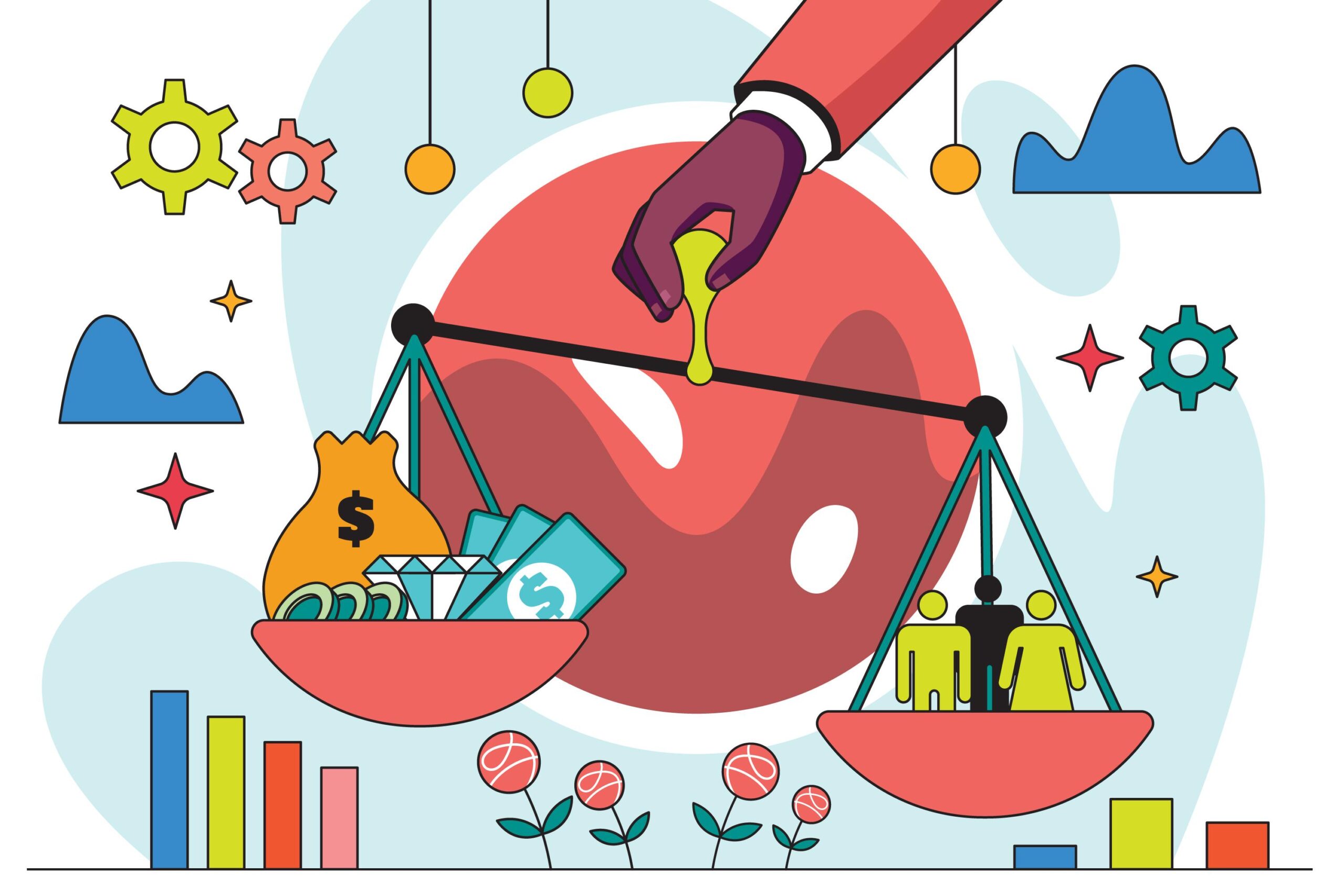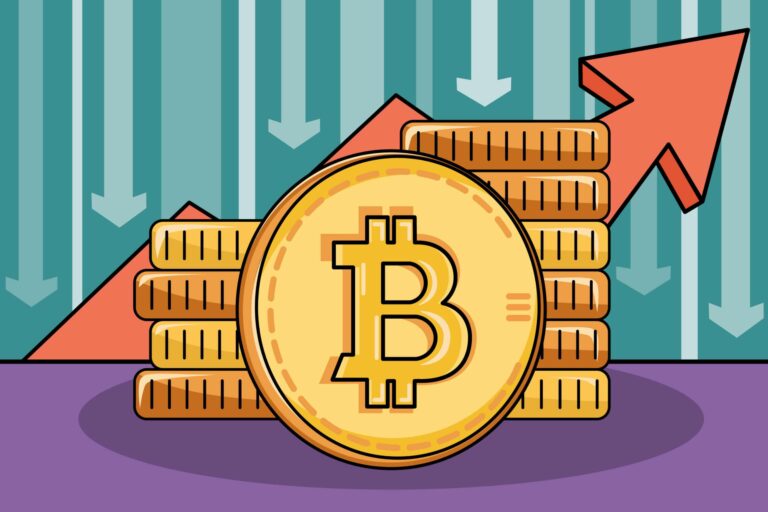Behavioral Economics | Understanding Behavioral Economics: Insights into Decision-Making and Policy
Behavioral Economics is a field that combines psychology with traditional economic theory to understand how people make decisions. Unlike classical economics, which assumes that people are perfectly rational and always act in their best interest, behavioral economics acknowledges that human behavior is often irrational and influenced by various cognitive biases and emotions. This field has broad applications, from policy-making to organizational behavior and market analysis. Below, we explore some key areas of behavioral economics and their significance.

Behavioral Health Economics and Policy
Behavioral health economics focuses on how psychological factors influence health-related decisions. For instance, why do some people engage in unhealthy behaviors like smoking or overeating, despite knowing the risks? Behavioral health economics aims to design policies that nudge people toward healthier choices. Examples include using default options for organ donation or incentivizing regular health check-ups. By understanding the behavioral factors at play, policymakers can create more effective health interventions.
Behavioral Labor and Organizational Economics
In the workplace, behavioral economics explores how employees make decisions, from job satisfaction to productivity. Behavioral labor economics examines factors such as motivation, incentives, and job satisfaction, and how they impact labor market outcomes. Organizational economics, on the other hand, looks at how organizational structures and policies influence behavior within firms. For instance, companies might design incentive programs to boost productivity or use behavioral insights to improve employee well-being and retention.
Decisions Under Risk and Uncertainty
One of the key areas of behavioral economics is the study of how people make decisions under risk and uncertainty. Unlike traditional economic models that assume people are risk-neutral or risk-averse, behavioral economics reveals that people often exhibit inconsistent risk preferences. For example, individuals may overestimate the likelihood of rare events, like winning the lottery, while underestimating more probable risks, such as car accidents. This has implications for everything from financial markets to insurance policies.
Experimental and Behavioral Analyses of Markets
Behavioral economics also uses experiments to analyze how real people behave in market settings. This can involve studying how individuals respond to pricing, marketing strategies, or changes in market conditions. For example, experiments have shown that consumers often fall prey to framing effects, where the way a choice is presented affects their decision, even if the underlying information is the same. These insights are crucial for businesses and policymakers aiming to predict and influence market behavior.
Charitable Behavior
Understanding what motivates people to give to charity is another area of interest in behavioral economics. Factors such as social norms, empathy, and even the way charitable appeals are framed can significantly influence donation behavior. For instance, people are more likely to donate when they feel a personal connection to the cause or when they believe their contribution will make a tangible impact. By understanding these factors, charities can design more effective fundraising campaigns.
Analysis of Conflict and Conflict Resolution
Behavioral economics also extends to understanding conflict and how it can be resolved. This can involve anything from negotiations between companies to international diplomacy. Behavioral insights can help in designing strategies that reduce conflict and promote cooperation. For example, understanding the role of fairness and reciprocity in negotiations can lead to more effective conflict resolution strategies.
Behavioral Welfare Economics
Behavioral welfare economics examines how people’s subjective well-being is affected by economic policies. Traditional welfare economics often focuses on objective measures like income or consumption, but behavioral welfare economics considers factors such as happiness, life satisfaction, and psychological well-being. This approach can lead to more holistic and human-centered policy-making that aims to improve overall quality of life, not just economic prosperity.
Conclusion
Behavioral economics provides valuable insights into human behavior and decision-making, challenging the traditional assumptions of classical economics. By incorporating psychological factors, this field offers a more nuanced understanding of how people make choices, whether in health, labor, markets, or even in conflict situations. As such, it plays a crucial role in designing effective policies and strategies that align with real human behavior.
References:
- Behavioral Economics and Policy: Source 1
- Applications in Health Economics: Source 2
- Insights into Labor Economics: Source 3
These references provide further reading on the topics discussed and offer deeper insights into the applications and implications of behavioral economics in various fields.






